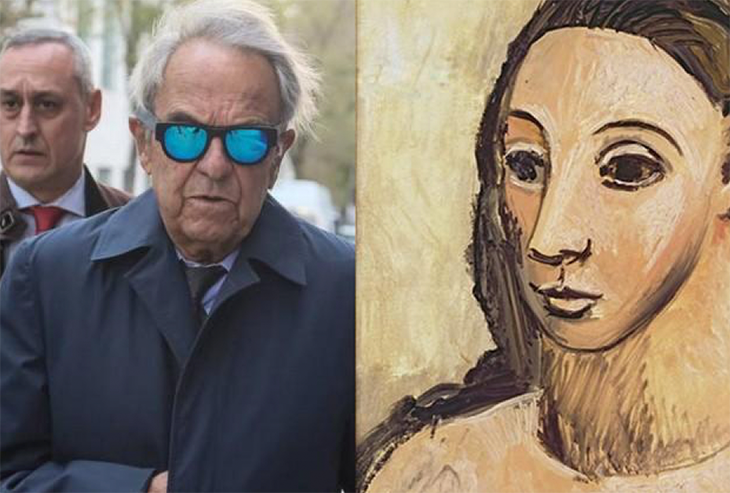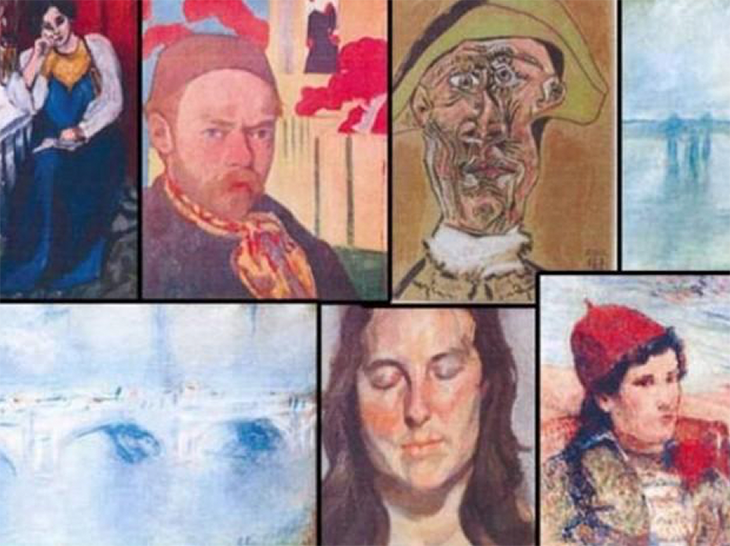Art theft is depicted in a very romantic manner in popular culture. In the movies, art thieves are seen more like antiheroes, cultivated ladies and gentlemen with refined tastes and vast knowledge of art and history. By day, of course, because by night, they put on a black catsuit, a utility belt, and a roll of rope and raid museums, galleries, and the personal collections of the privileged. As the example of these two art thefts will show, in turn, most of them are not the romantic antiheroes from the silver screen.
The billionaire
Jaime Botín is the former chairman and majority shareholder of the Spanish multinational bank Santander Group, a cultivated gentleman, and an art collector. And, according to a Spanish court, Jaime Botín is an art smuggler, too, sentenced to spend three years in jail.

Botín is the owner of “Head of a Young Woman”, an early Picasso painting from 1906. In 2012, the well-known auction house Christie’s asked for a license to export it so it could be auctioned off abroad. The Spanish government refused the license and issued a national protection order on it, banning its owner from taking it abroad.
In 2017, Botín seemingly defied the order, taking the painting with him to Corsica (a Mediterranean island that belongs to France). The Spanish authorities, already keeping an eye on him since Christie’s incident, intercepted his yacht, seized the painting, and accused the billionaire with smuggling.
Botín, aged 83, faces three years in jail and a financial penalty of around $100 million.
The fools
Three Romanian ex-pats living a life of petty theft in Rotterdam grew tired of making pennies on the streets, and wanted to move one step higher in the ranks of criminality: become art thieves. To this end, they decided to rob a museum and sell the antiques in Belgium where, seemingly, there is a market for such merchandise.
The three punched “museums in Rotterdam” into their GPS and followed it to where it took them: the Natural History Museum. They left disappointed, in turn, because all they found there were stuffed animals and dinosaur bones. Not far from it, in turn, they stumbled upon the Kunsthal Museum, a venue with no permanent collection that hosted the “Avânt Gardes” exhibition at the time, with more than 150 paintings from dozens of famous painters. After a few days of planning and learning the signatures of the most famous painters, they broke into the museum and stole seven of them.

The next step – selling the paintings – in turn, proved to be the harder part. They left Holland for Romania, trying to find an intermediary there. They hid the paintings in the house of one of their mothers who, afraid someone might see them, buried them at the local cemetery. The three were ultimately caught by the authorities before they could sell the merchandise. Hearing about this, the mother unearthed the treasure, and – afraid of being caught – burned the paintings in her stove, sending tens of millions literally up in smoke.


